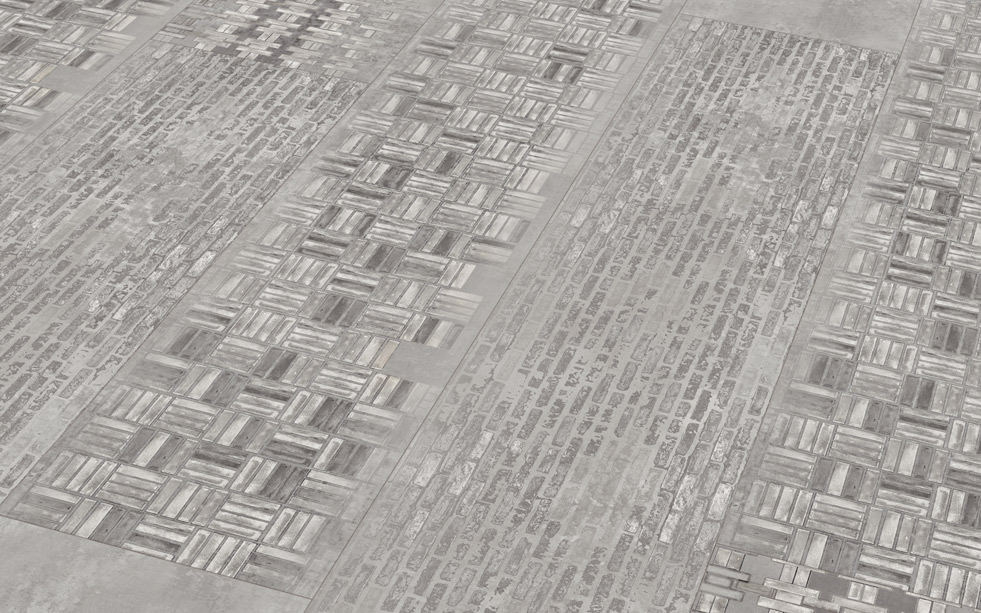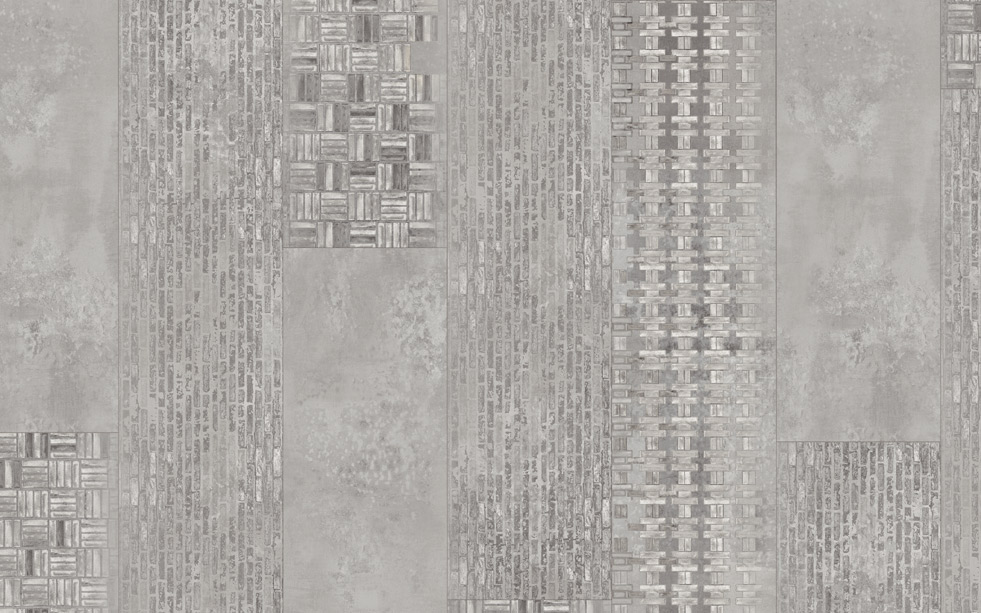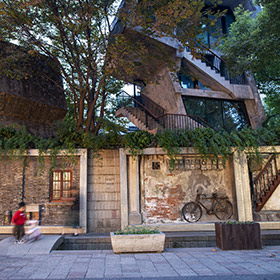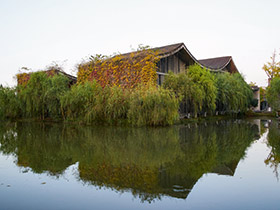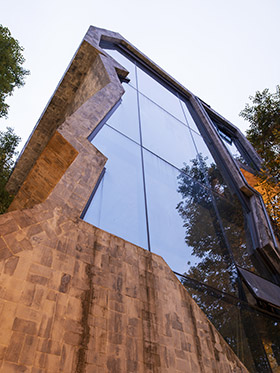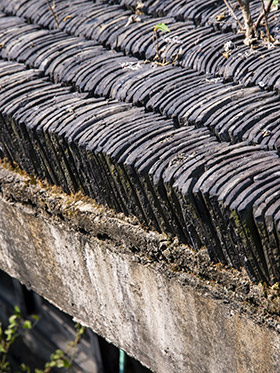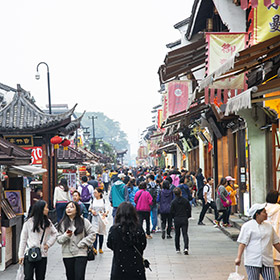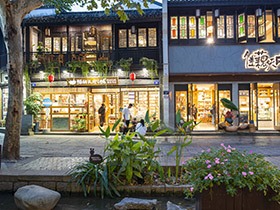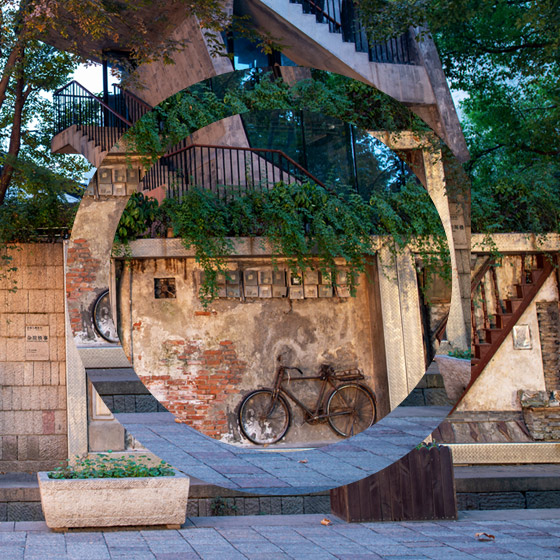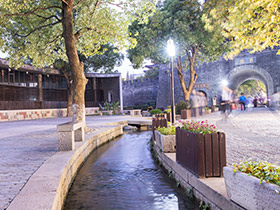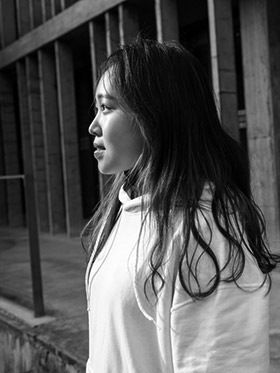With the redesign of Zhongshan Road, Wang Shu has created a masterpiece that is celebrated both for its architectural implementation and for its humanist approach: at the interface between historical memory and starting something new, a place of everyday life and meeting point has been created for the people of Hangzhou.

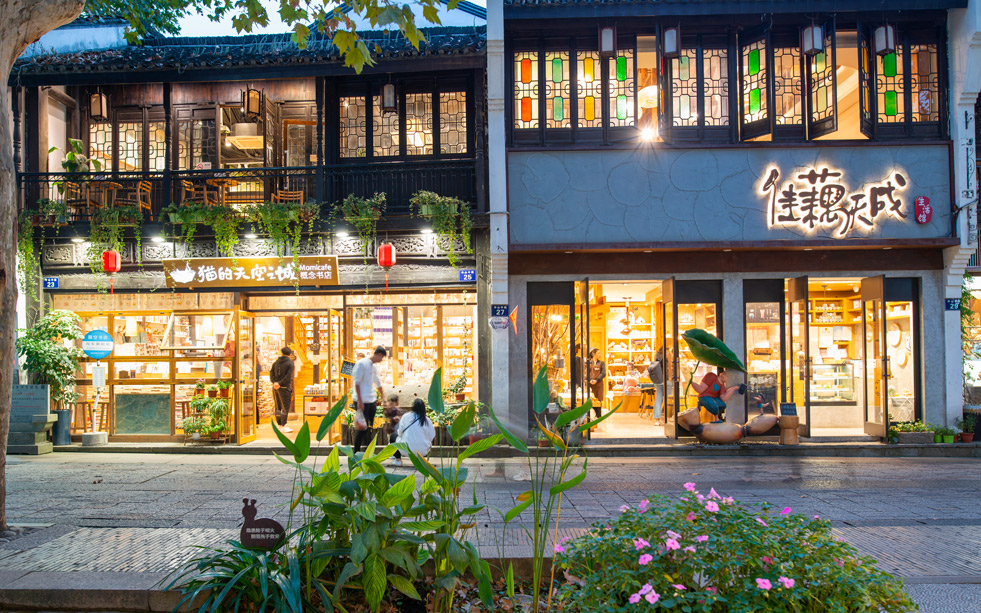






A group of young women stroll along Zhongshan Road laughing, stopping sometimes here, sometimes there to admire the displays in the shop windows, buy a quick coffee-to-go in one of the modern cafés and make themselves comfortable on one of the benches along the pedestrian zone. The later the evening, the more lively the events along the approximately 1 kilometre long road in the heart of the old town of Hangzhou become. This is exactly the effect that architect Wang Shu and his wife and business partner, Lu Wenyu, wanted to achieve when they started the project of redesigning Zhongshan Road in 2007. The aim was to breath new, modern life into the street, with its historic house facades, while at the same time preserving its tradition. An unusual project with an unusual story began...
China's rapid growth into an economic power was accompanied by a desire for modern urban planning from the early 1990s onwards. In many places, however, the cultural heritage of earlier times fell victim to this aspiration: masses of historic buildings had to make way in the expanding cities. Contemporary commercial and residential buildings were built in their place, paying tribute to the growing economic power of the People's Republic. This fate also threatened the numerous buildings along Zhongshan Road.


